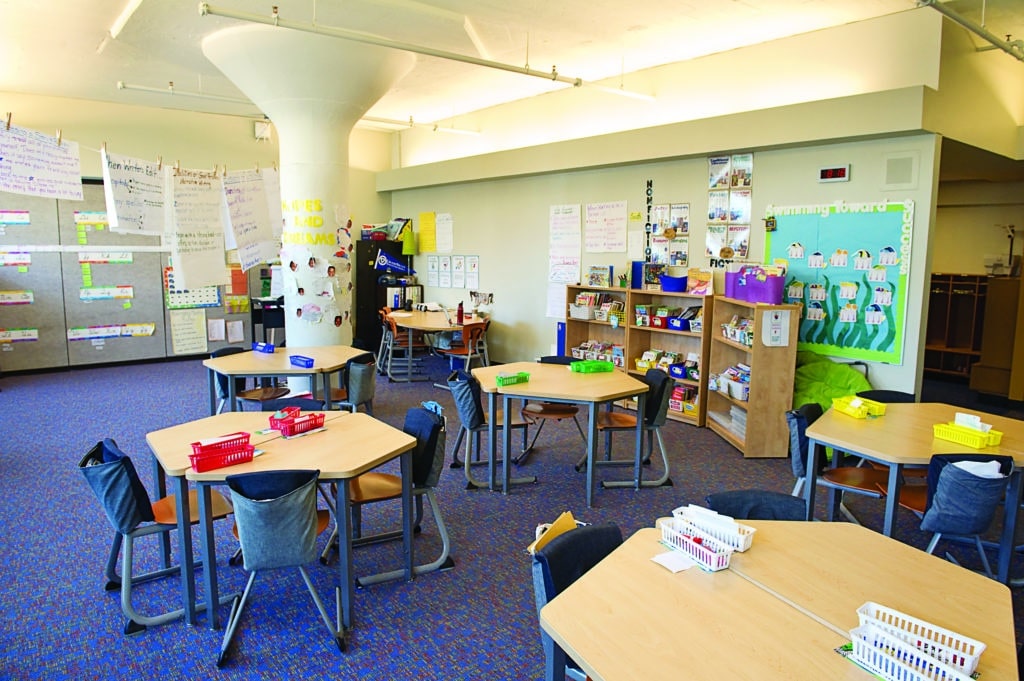
We all can think of stores that felt inviting and organized, places that created the optimal shopping experience. Classrooms, like stores, can be places where we frequently want to spend our time, or they can be places that are unpleasant. We want our classrooms to communicate to students: “This room was created for you, with your specific needs in mind, because you and your learning are important.”
Below are some components of your classroom that help create the conditions for students to feel comfortable and ready to start the work of learning and building a positive classroom community. Each component is accompanied by a question to help you assess the effectiveness of your classroom organization. Taking the time to make these assessments will help you create an optimal learning environment where all students feel invited to challenge themselves academically and be contributing members of the learning community.
Students learn best when the learning is both active and interactive.
If students are to do quality work, they must have quality tools.
Proper storage can highlight materials and extend the possibilities of in-depth learning.
Walls covered with all sorts of displays can lead students to feel overwhelmed, but bare walls and boards look bleak. It is common to see classrooms lacking in student work but filled with teacher-created or store-brought displays. A classroom filled with the work of the learners sends a powerful message to students.
For students to find success, we must consider who they are both as a group and as individuals. Here are some questions to consider:
When you think about creating the optimal learning environment, keep in mind that simple but intentional changes can have a dramatic effect on how students feel and behave, and ultimately if they succeed throughout the year.